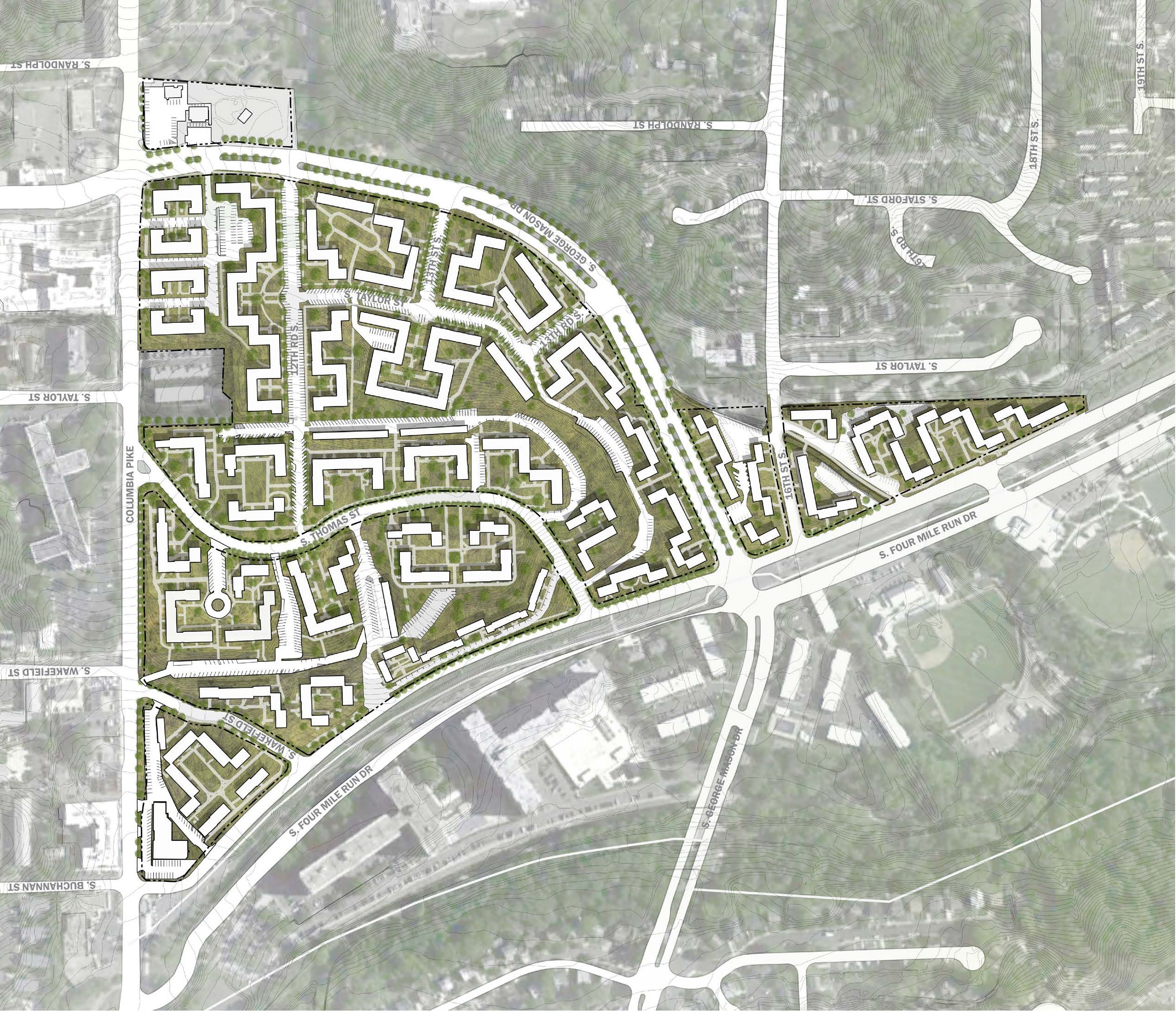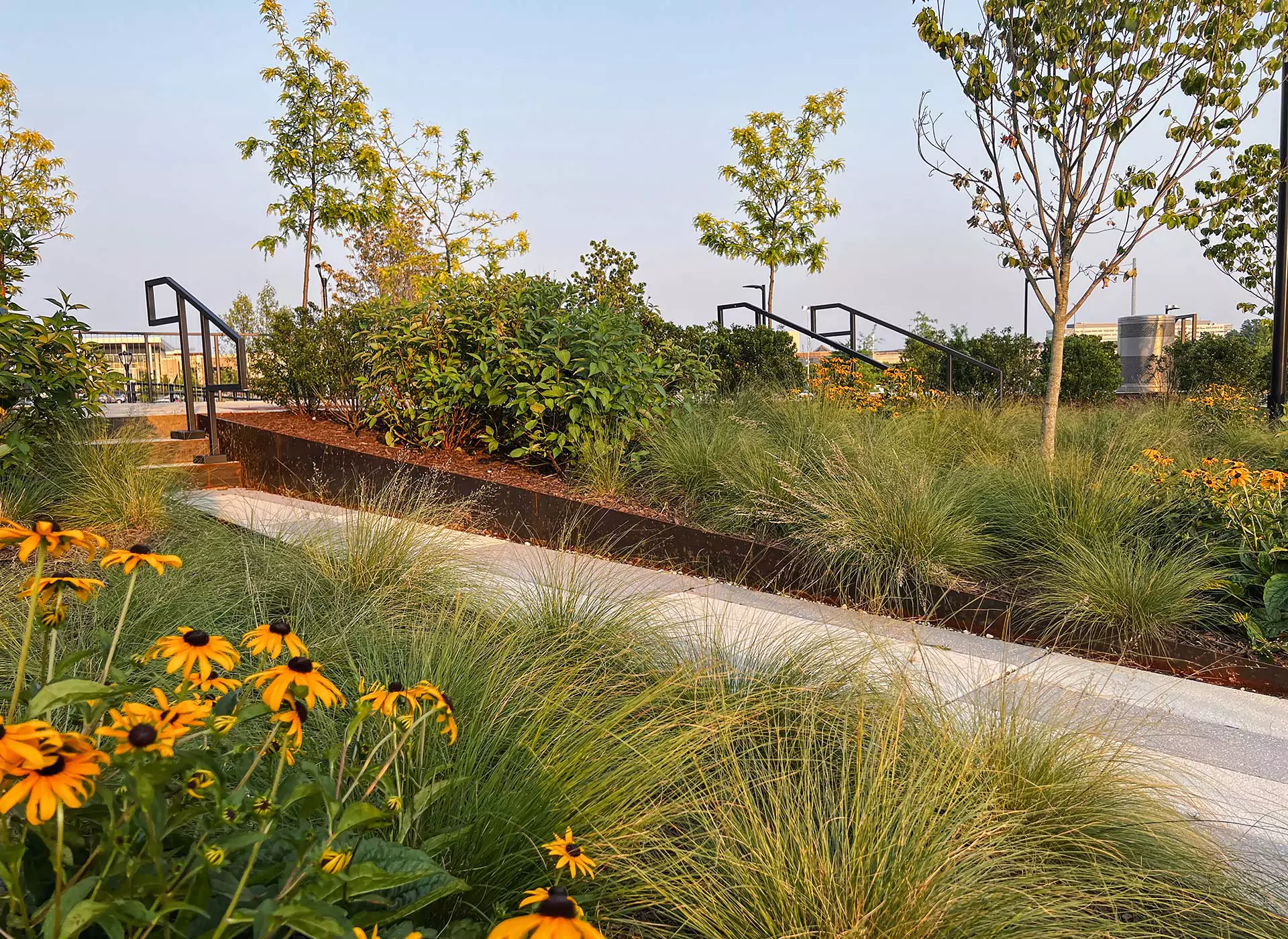Certifications

Article
10.1.25
Key Points
For National Community Planning Month, VIKA Planners Discuss Issues Central to Successful Communities
Article
October is National Community Planning Month, celebrating the pivotal role of planners in creating and fostering dynamic, sustainable communities. VIKA planners Josh Sloan, PLA, AICP, Peter Rinek, PLA, ISA-CA, LEED AP, and Jeff Kreps, PLA share thoughts on successful community planning.

Question: High office vacancy rates coupled with regional housing shortages are generating a lot of interest in transitioning office campuses into residential communities. What planning considerations can make the transformation of these sites successful?
Peter Rinek: This new reality of suburban office vacancy rates has afforded the opportunity to transform large areas of prime real estate into exciting new urban high density residential communities. These communities need to be designed to interweave into the surrounding community contextual relationships. The first objective is to see if the existing buildings can be adaptively reused for residential, and a lot of factors go into that decision. The ultimate goal is to create a community that has a sense of place with urban parks, trails, and offers a variety of housing types with a mix of affordability levels.
Josh Sloan: The planning needs to consider how the site will shift from a static 9-5 work environment to a 24/7 mixed-use neighborhood. There has to be supportive retail, restaurants, grocery stores and leisure spaces – or have easy connectivity to what can’t be added directly.

Green spaces are fundamentally important, often even required, in community developments. How do you meaningfully integrate them as active and desirable spaces?
Jeff Kreps: We know it’s important to have a diversity of open space types with clear purposes – play areas, sports zones, picnic areas, connecting trails and walkways and so on – but it’s also important to have unstructured open space that can evolve with and for the community. Spaces that become part of that community’s identity.
JS: Good planning is like creating the stage, and the community builds the scenery and sets from there.
PR: The thoughtful details of different green spaces can bring life to the community. Trellis seating, a fountain, or fire pits are all features that can enliven an open space, make it desirable, transform it into a gathering spot.
Thinking about the future, what issues are emerging that planners will need to start addressing?
JS: Health and well-being. It isn’t just about having green space, it’s about a holistic approach to the site that can provide respite from increasing density. This means places for play, relaxing, community gathering and connections, and access to natural elements.
JK: How transportation is evolving. The rise of electric vehicles, bike shares, e-bikes, ride sharing and now self-driving cars is changing how we look at multi-modal transportation planning, parking, and how we prioritize transit infrastructure.

Let’s Work Together!
What are you working on? Please let us know how we can help you meet your project goals.
Contact Us

